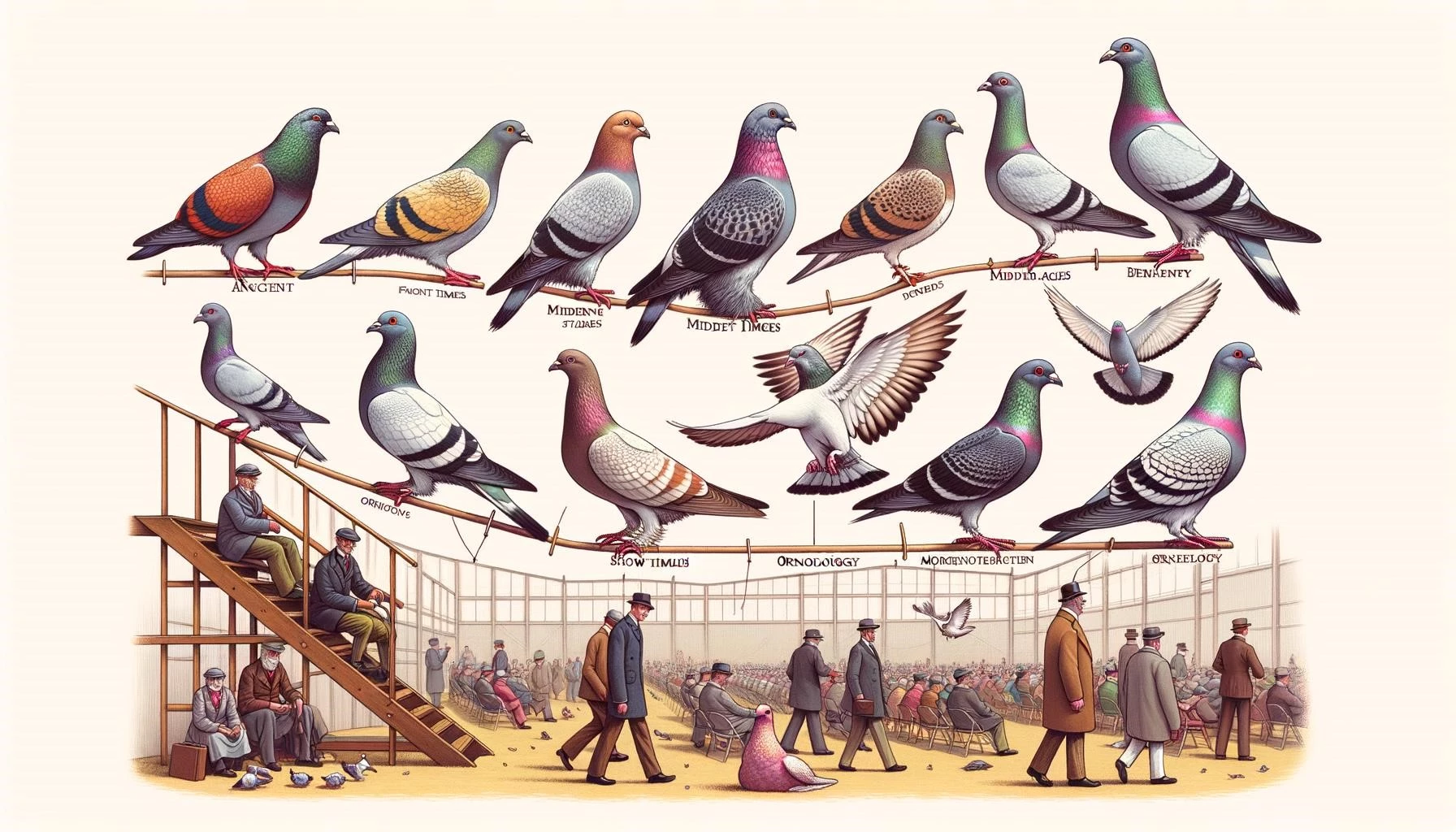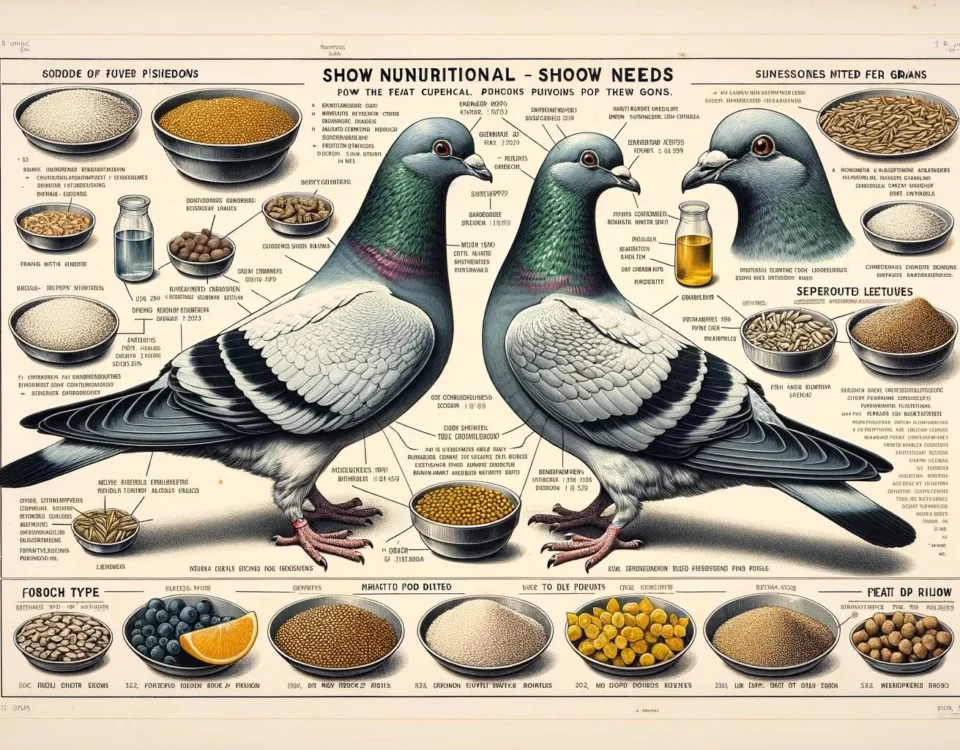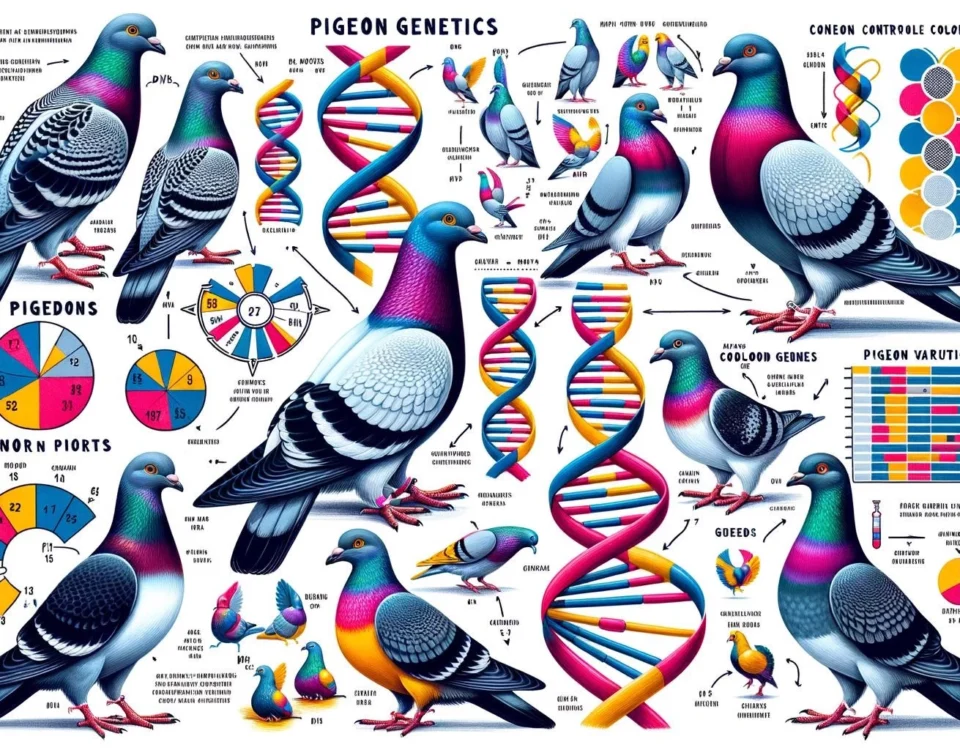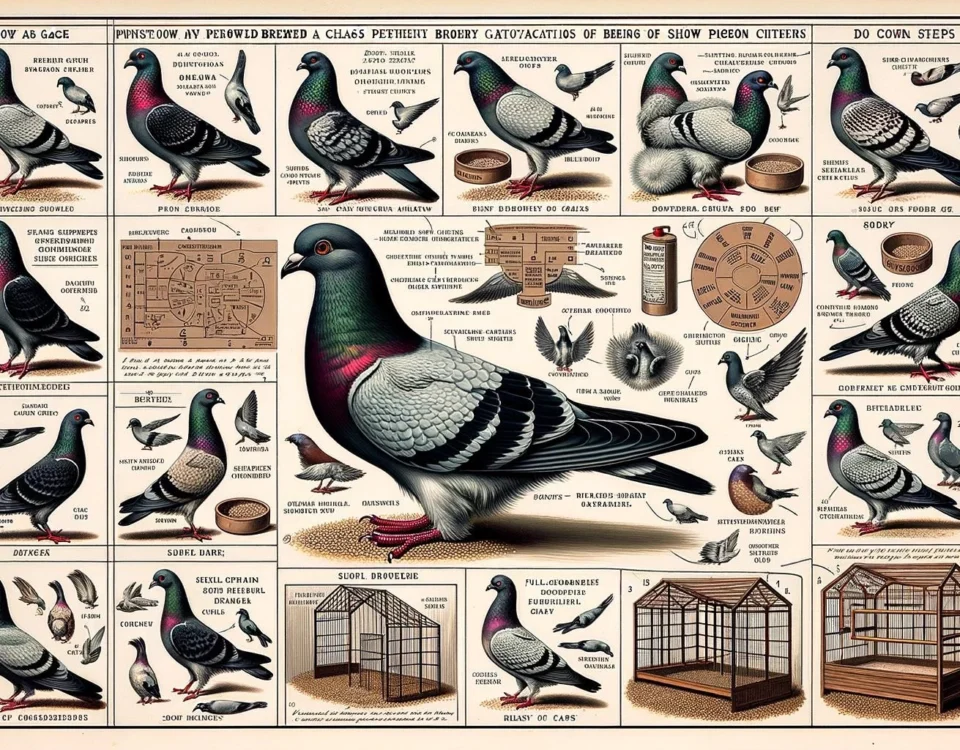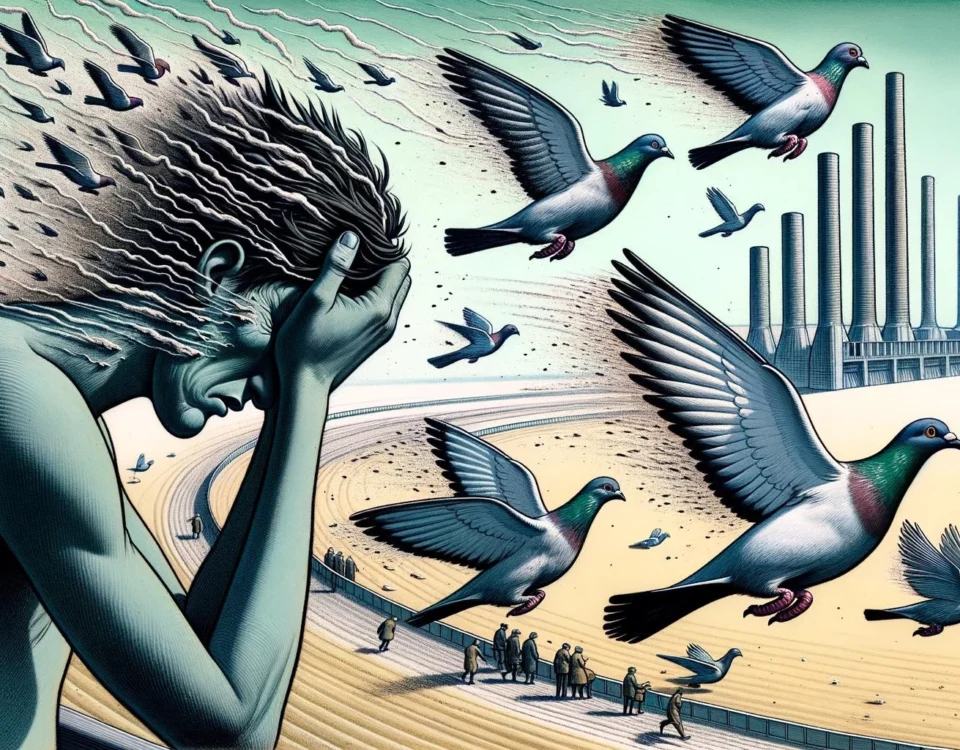From the ancient Mesopotamian and Egyptian civilizations to modern-day competitive exhibitions and breeding, show pigeons have held a captivating presence throughout history. These distinctive and beautiful birds, bred for their unique traits, have long been a source of fascination and admiration. This exploration into the history of show pigeons uncovers their journey from domesticated food sources to celebrated stars of international competitions, and the enduring appeal they hold in contemporary culture.
History of Show Pigeons
Show pigeons, also known as fancy pigeons, have a rich history that dates back thousands of years. These unique and often eccentric-looking breeds of pigeons have captivated people around the world with their beauty and distinct characteristics. In this article, we’ll explore the fascinating history of show pigeons, from their ancient origins to their present-day popularity in competitive breeding and exhibition.
Key Takeaways
- Show pigeons, also known as fancy pigeons, have been bred for their distinctive appearance and traits for thousands of years.
- The domestication of pigeons can be traced back to ancient Mesopotamia, around 5,000 years ago.
- Show pigeon competitions gained popularity in the late 19th and early 20th centuries, showcasing the beauty, elegance, and unique characteristics of different pigeon breeds.
- Pigeon fanciers and enthusiasts continue to breed and exhibit show pigeons today, with major shows attracting thousands of participants from around the world.
Ancient Origins of Pigeon Domestication
The history of show pigeons is intertwined with the domestication of pigeons, which can be traced back to ancient civilizations. Mesopotamian cuneiform tablets, dating back more than 5,000 years, mention the domestication of pigeons. Similarly, Egyptian hieroglyphics provide evidence of pigeon domestication in ancient Egypt.
Pigeons were primarily kept for their meat, eggs, and feathers in these early societies. They were a vital food source, especially in regions where wild game was scarce. Over time, people noticed the unique traits and behavior of pigeons, including their monogamous nature, strong homing instinct, and peaceful demeanor. These characteristics made pigeons not only valuable as a food source but also appealing as companions and symbols of various religious and cultural beliefs.
As humans formed closer bonds with pigeons, they selectively bred them for specific traits. This selective breeding led to the emergence of distinct pigeon breeds with diverse appearances and characteristics. The fascination with the beauty and uniqueness of pigeons eventually led to the development of show pigeon competitions.
Show Pigeon Competitions
The popularity of show pigeon competitions emerged in the late 19th and early 20th centuries. These events showcased the extraordinary beauty, elegance, and distinctive traits of different pigeon breeds. Pigeon fanciers, enthusiasts, and breeders came together to exhibit their pigeons and compete for recognition and prizes.
Show pigeons were bred to have specific physical characteristics, such as feather patterns, colorations, head shapes, and body proportions. Breeders carefully selected and bred pigeons with the desired traits to create unique and visually stunning pigeon breeds. Some of the most popular show pigeon breeds include the Modena pigeon, American Show Racer pigeon, and various strains of fancy pigeons.
These competitions provided a platform for pigeon breeders and enthusiasts to showcase their skills, knowledge, and passion for pigeons. They became an opportunity to celebrate the beauty and diversity of pigeons and promote the art of selective breeding.
Till today, show pigeon competitions continue to attract thousands of participants from around the world. These events serve as a gathering place for pigeon enthusiasts to exchange knowledge, admire different pigeon breeds, and compete for prestigious awards. Major shows in the United States, the United Kingdom, and other countries attract vast numbers of pigeons and participants, making them popular and highly anticipated events within the pigeon fancying community.
Continued Popularity and Modern Trends
The appeal of raising and exhibiting show pigeons has remained strong over the years, with enthusiasts actively participating in various pigeon-related activities. While some individuals focus on breeding and exhibiting show pigeons, others engage in pigeon racing.
Pigeon racing, which involves releasing specially trained pigeons to race back to their home lofts, has been a prominent aspect of pigeon culture for centuries. Pigeon racing enthusiasts compete in races that can cover hundreds of miles, testing the speed, endurance, and navigational abilities of their pigeons.
In recent years, pigeon racing has gained significant popularity in China, with wealthy individuals investing heavily in the sport. The value of top racing pigeon bloodlines has skyrocketed, with champion pigeons fetching prices in the hundreds of thousands of dollars.
Even with the rise of digital communication technologies, pigeons continue to play a role in specialty messaging, such as in areas with limited connectivity or during times of crisis when traditional communication channels may be compromised.
As a hobby, the breeding and exhibition of show pigeons have also evolved. Modern breeders have advanced breeding techniques, such as artificial insemination, to improve and refine different traits in pigeon breeds. The pigeon fancying community has embraced online platforms and social media to connect, share knowledge, and promote their passion for pigeons.
Overall, the history of show pigeons is a testament to human fascination with these remarkable birds. From their ancient domestication to the present-day competitive events, show pigeons continue to captivate and inspire admiration and fascination worldwide.




